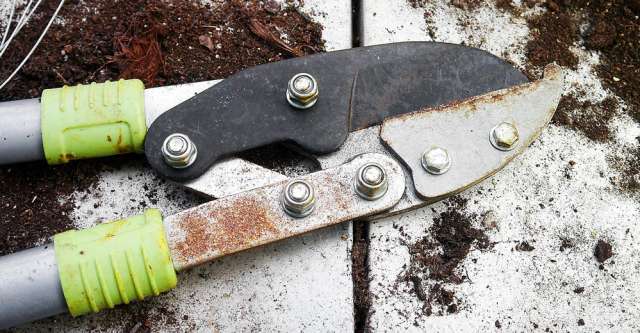In winter, we have a tendency to look at our orchards and wonder what can be done to produce more or healthier fruit. Indeed, winter is a good time to do that because one can see the layout of the tree and make changes as to not damage the tree.
Why?
One should not shy away from pruning in a vain effort to protect the tree. Pruning actually spurs vigorous growth as more energy can go to fewer branches [1], instead of heading out to all the many branches.
When?
Winter is the best time to prune the trees. There are no leaves, fruit, or flowers. The sap is moving at a minimum level, only enough to stay alive. Cutting the tree will not eliminate flowers or buds. Done correctly, no damage is to the tree; it actually makes it more healthy.
How?
The modern farmer gives easy to follow hints to pruning trees.
Step 1. Prune away dead or diseased wood. Also eliminate straight shoots, called suckers. Don’t leave little stubs; cut flush to the larger limb.
Step 2. Next is thinning out. This prevents disease. First, prune branches facing downward or that are touching. Try to get 6-12 inches of breathable space around each branch for optimum performance.
Step 3. Prune back the outermost growth of the tree. You can effectively cut back 20-30% of the new growth. This makes the branch grow thicker, able to hold the fruit it will bear. This is where you cut on the branch in the direction you want it to ultimately grow.
Following these steps can eliminate heartache in the future while bringing more fruit to your table.
Notes:
- ^https://orchardpeople.com/when-to-prune-fruit-trees/ (go back ↩)

